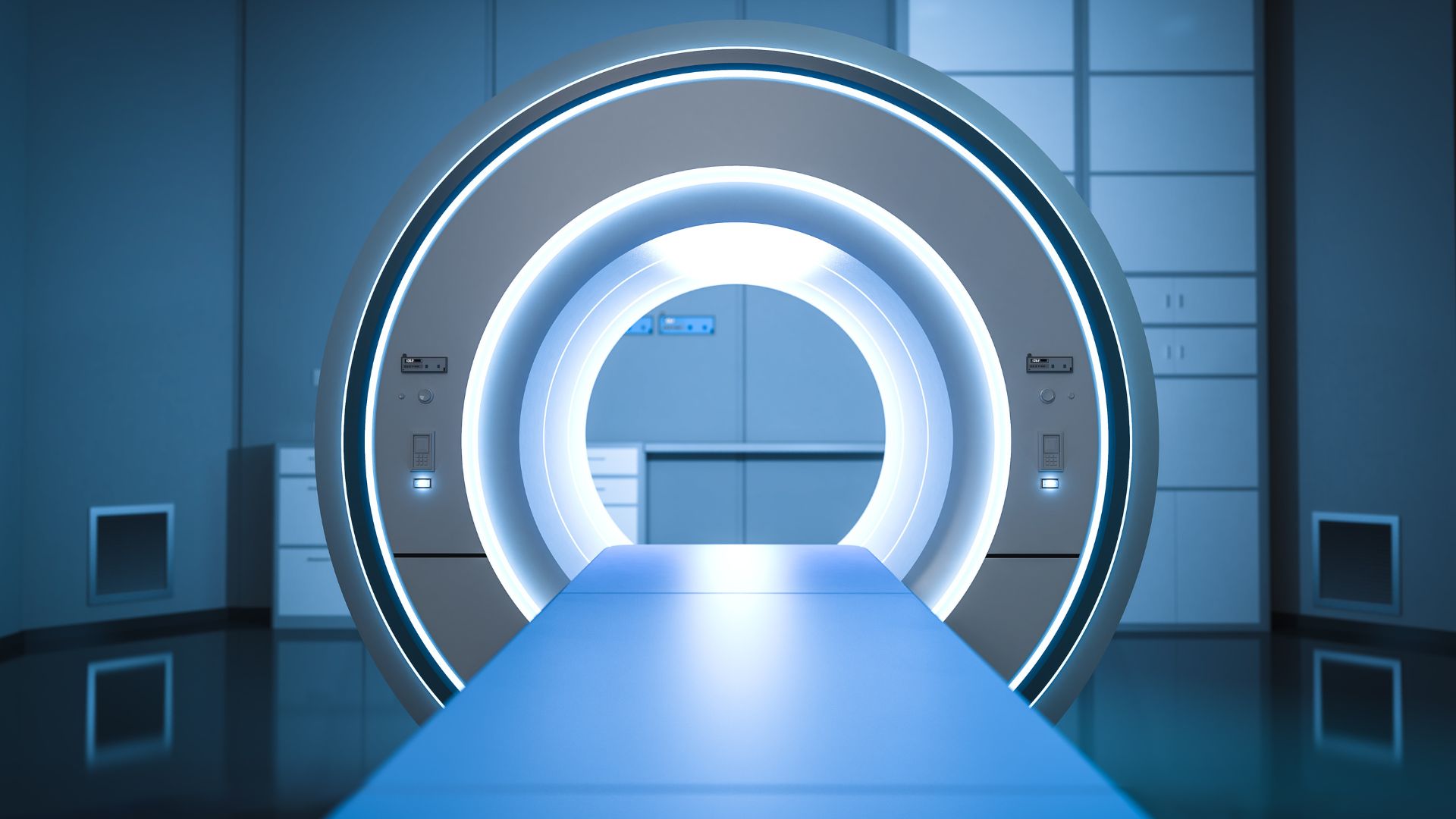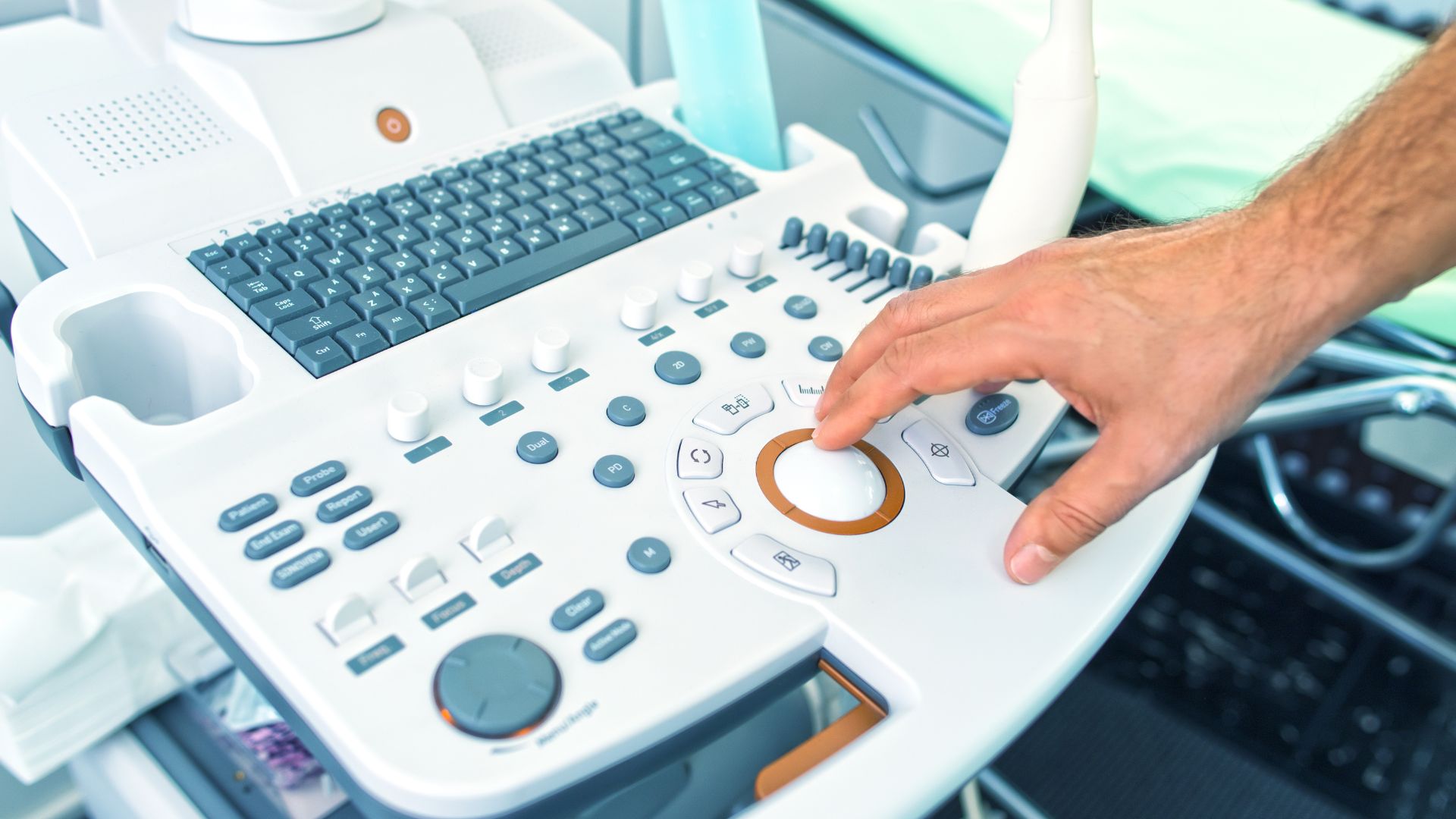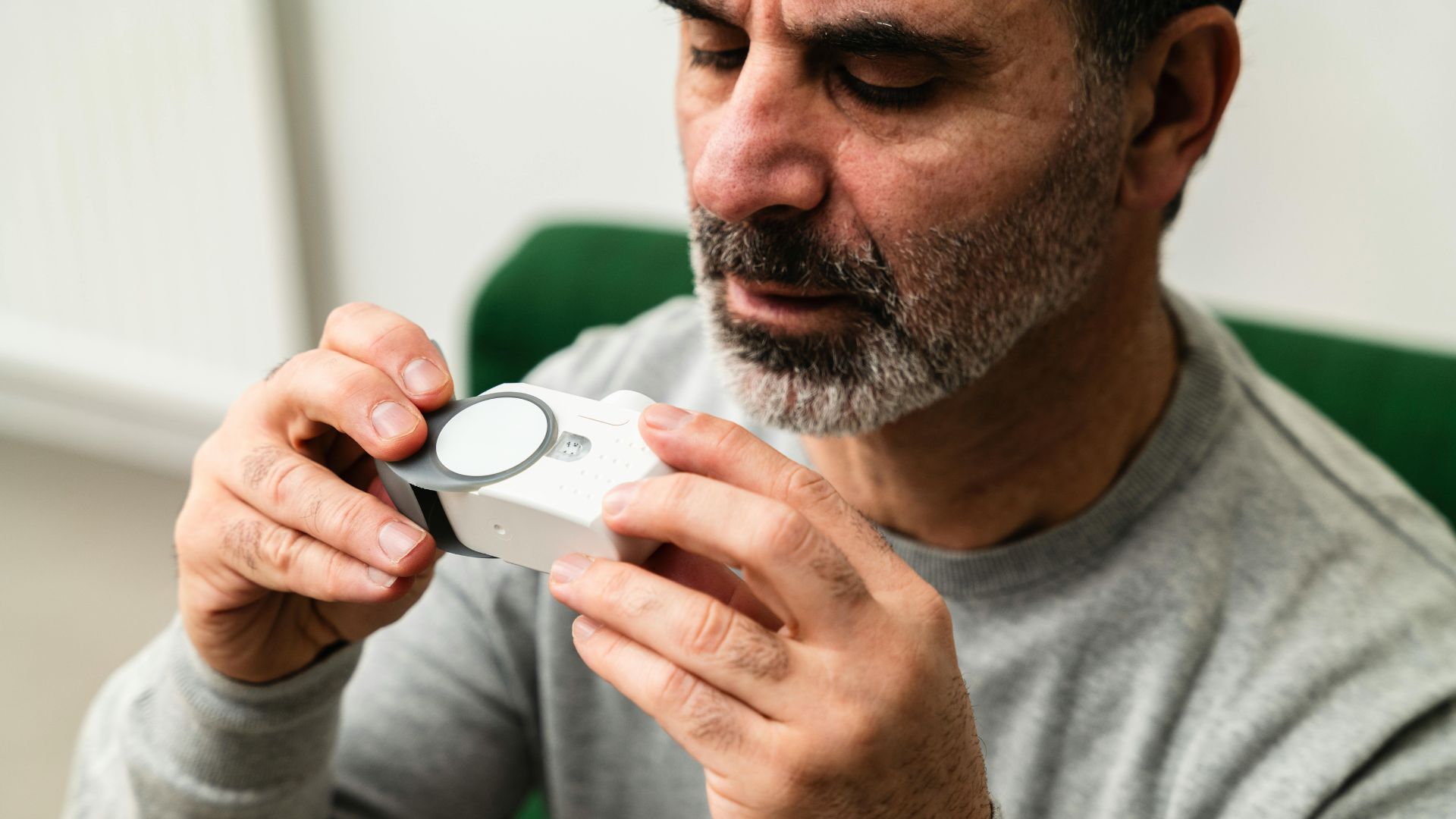The European Union Medical Device Regulation (EU MDR) represents one of the most significant overhauls in the regulation of medical devices within Europe. Replacing the former Medical Devices Directive (MDD), the MDR’s objective is clear: to strengthen patient safety, enhance device performance oversight, and ensure full lifecycle accountability for manufacturers.
Where previous frameworks allowed for variances across member states, the MDR imposes a unified, stringent standard across all 27 EU countries. It expands the types of devices regulated, introduces new responsibilities for manufacturers, authorized representatives, and Notified Bodies, and mandates increased transparency and traceability through systems like EUDAMED.
For manufacturers, importers, and distributors, compliance with MDR is not just a regulatory hurdle—it is a strategic imperative. A deep understanding of classification systems, regulatory databases, and postmarket surveillance obligations is now essential to successfully bring a device to market and maintain its certification.
Device Classifications Under EU MDR: What You Must Know
Similar to FDA Classification, medical devices under the EU MDR are classified based on their risk profile, duration of use, and invasiveness. Correct classification is crucial, as it dictates the level of regulatory scrutiny, clinical evidence requirements, and the type of conformity assessment procedures needed.
- Class I (Low Risk):
- Examples: Bandages, wheelchairs, reusable surgical instruments.
- Certification: Self-declared conformity in many cases, but some subsets (e.g., sterile devices, measuring functions) require Notified Body involvement.
- Class IIa (Moderate Risk):
- Examples: Dental fillings, infusion pumps, surgical clamps.
- Certification: Requires assessment by a Notified Body.
- Class IIb (Higher Risk):
- Examples: Long-term invasive devices like ventilators, bone fixation plates.
- Certification: Rigorous Notified Body review with more extensive clinical evidence.
- Class III (Highest Risk):
- Examples: Pacemakers, heart valves, implantable defibrillators.
- Certification: Highest level of scrutiny including potential requirement for clinical investigations.
How Classification Impacts Compliance Requirements
The higher the risk class, the greater the expectations regarding:
- Clinical Evaluation:
- Class IIb and III devices often require detailed Clinical Evaluation Reports (CERs) supported by clinical investigations unless equivalence to an existing device can be robustly demonstrated.
- Conformity Assessment:
- Class I devices (non-sterile, non-measuring) can self-certify.
- Class IIa, IIb, III devices must involve a Notified Body in conformity assessments.
- Postmarket Surveillance Intensity:
- Higher classes face more frequent and rigorous reporting requirements (e.g., mandatory Periodic Safety Update Reports).
Special Cases
- Software as a Medical Device (SaMD):
- Classification rules now specifically address standalone software, often elevating the risk class. Many SaMDs, especially those impacting diagnosis or therapy, are now classified as Class IIa, IIb, or even III.
- Reprocessed Single-Use Devices:
- Reprocessors are considered manufacturers and must meet the same obligations, including full conformity assessment.
- Non-Medical Purpose Devices:
- Annex XVI identifies products like aesthetic implants and cosmetic contact lenses that fall under MDR despite having no direct medical purpose. These devices are often assigned higher risk classes due to the potential for harm, even without a therapeutic intent.
What Is EUDAMED? And Why It Matters to EU MDR
EUDAMED (European Database on Medical Devices) is a centralized European database designed to integrate various regulatory activities related to medical devices. Its overarching goals are to improve:
- Transparency: Public access to key information.
- Traceability: Streamlining device identification throughout the supply chain.
- Postmarket Control: Facilitating vigilance and surveillance activities across member states.
Key EUDAMED Modules
EUDAMED is divided into six interconnected modules:
- Actor Registration:
- Manufacturers, Authorized Representatives, Importers must register.
- UDI/Device Registration:
- Each device must be assigned a Basic UDI-DI and registered.
- Notified Body Certificates:
- Details of conformity assessment certificates issued by Notified Bodies.
- Clinical Investigations and Performance Studies:
- Registration and results of clinical investigations for higher-risk devices.
- Vigilance and Postmarket Surveillance:
- Reporting of serious incidents, field safety corrective actions, and trends.
- Market Surveillance:
- Information shared among authorities regarding enforcement actions.
Current EUDAMED Status
As of 2025, EUDAMED is not yet fully functional. Some modules (Actor Registration) are operational, while others are pending. Manufacturers must still meet MDR obligations even if full EUDAMED capability is delayed, often using interim national systems for vigilance and registration. It is critical for companies to proactively structure their regulatory data to align with EUDAMED requirements now, ensuring a smoother transition when full deployment becomes mandatory.
How EUDAMED Ties to UDI
The Unique Device Identification (UDI) system is central to EUDAMED:
- Basic UDI-DI: A primary identifier grouping versions and variants of a device.
- UDI-DI and UDI-PI: Specific identifiers for individual devices and production information.
Manufacturers must ensure UDI data is properly created, maintained, and uploaded into EUDAMED.
Postmarket Surveillance Under EU MDR: Beyond Compliance
Every manufacturer must establish and maintain a PMS plan proportionate to the risk class and type of device. This plan must:
- Collect and analyze real-world device performance data.
- Identify corrective and preventive actions.
- Inform periodic updates to risk management and clinical evaluation.
PMS must be an active and ongoing process—not a one-time submission.
Periodic Safety Update Reports (PSUR)
PSURs are required for:
- Class IIa Devices:
- Class IIb and Class III Devices:
PSURs must summarize:
- Device performance and safety data.
- Results of postmarket clinical follow-up.
- Risk-benefit determinations.
- Volume of sales and usage statistics.
Notified Bodies will review PSURs as part of ongoing conformity assessments.
Postmarket Clinical Follow-up (PMCF)
PMCF is a proactive collection of clinical data post-CE marking, designed to:
- Confirm the safety and performance of the device over its expected lifetime.
- Detect previously unknown side effects.
- Ensure continued acceptability of identified risks.
PMCF is mandatory unless properly justified and documented otherwise, especially for Class IIb and III devices.
Vigilance and Incident Reporting
Manufacturers must:
- Report serious incidents to competent authorities within 15 days.
- Submit Field Safety Corrective Actions (FSCAs) notifications promptly.
- Monitor and report trending issues even if no single incident triggers reporting thresholds.
The vigilance system is closely tied to EUDAMED once fully operational.
Key EU MDR Takeaways: Strategic Compliance for a Changing Market
- Device Classification is Foundational: Your classification determines your entire regulatory pathway.
- EUDAMED Will Dominate Compliance Management: Even with delays, structured data collection and UDI implementation cannot be postponed.
- Postmarket Surveillance is a Lifecycle Commitment: Compliance doesn’t end at CE marking; it continues through systematic PMS, PSURs, PMCF activities, and vigilance reporting.
- Proactive Planning Reduces Risk: Early integration of classification, EUDAMED registration, and postmarket strategies ensures smoother audits, fewer nonconformities, and better patient outcomes.
Mastery of these pillars under EU MDR is not optional—it is essential to protecting your market access, your brand reputation, and most importantly, patient safety.








